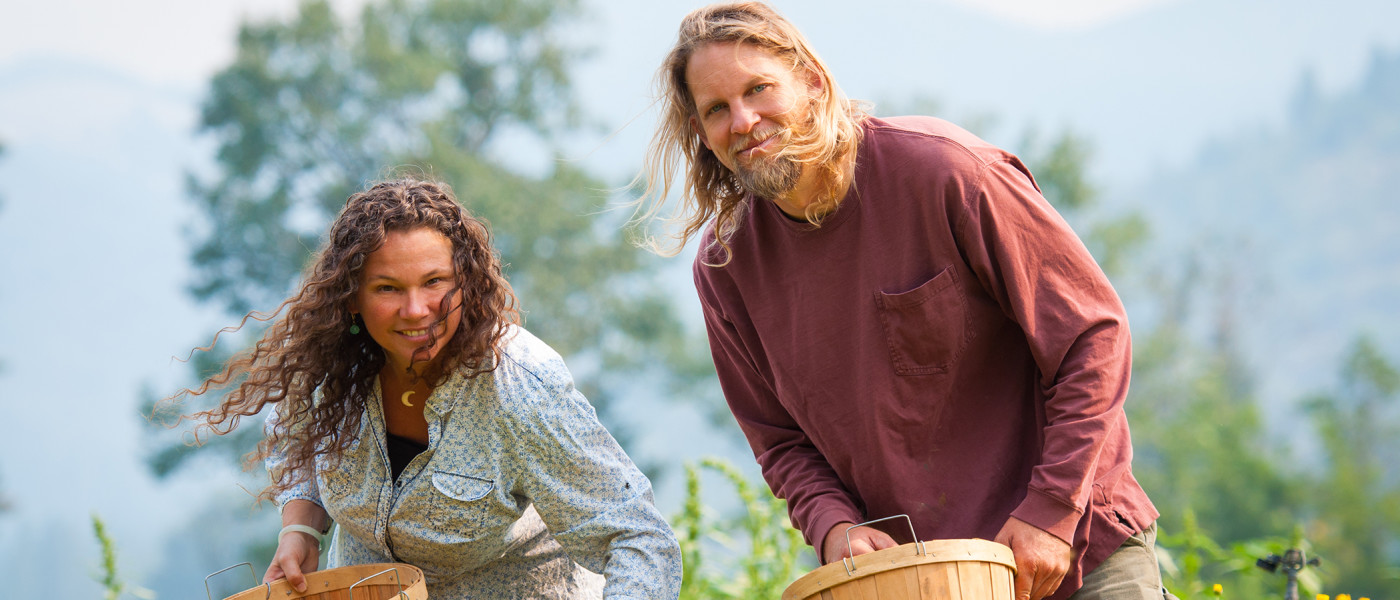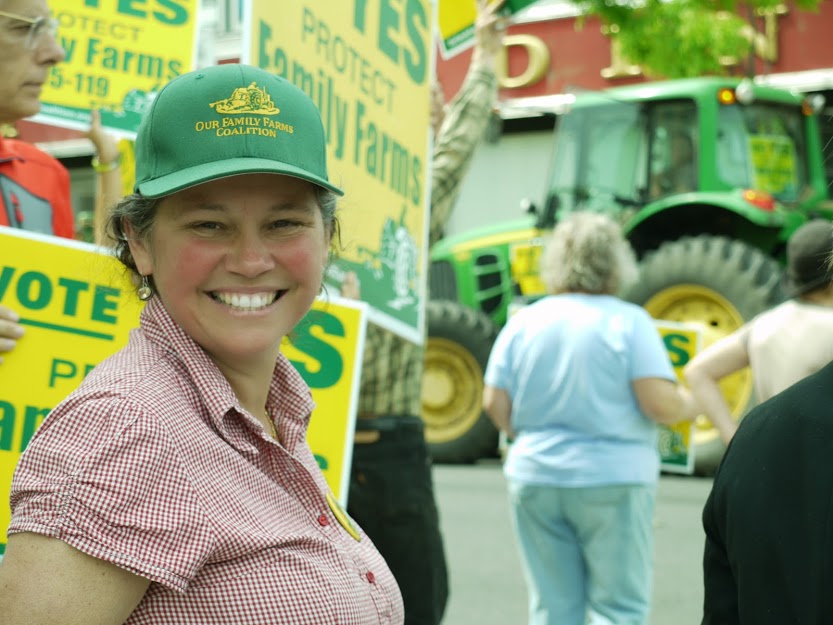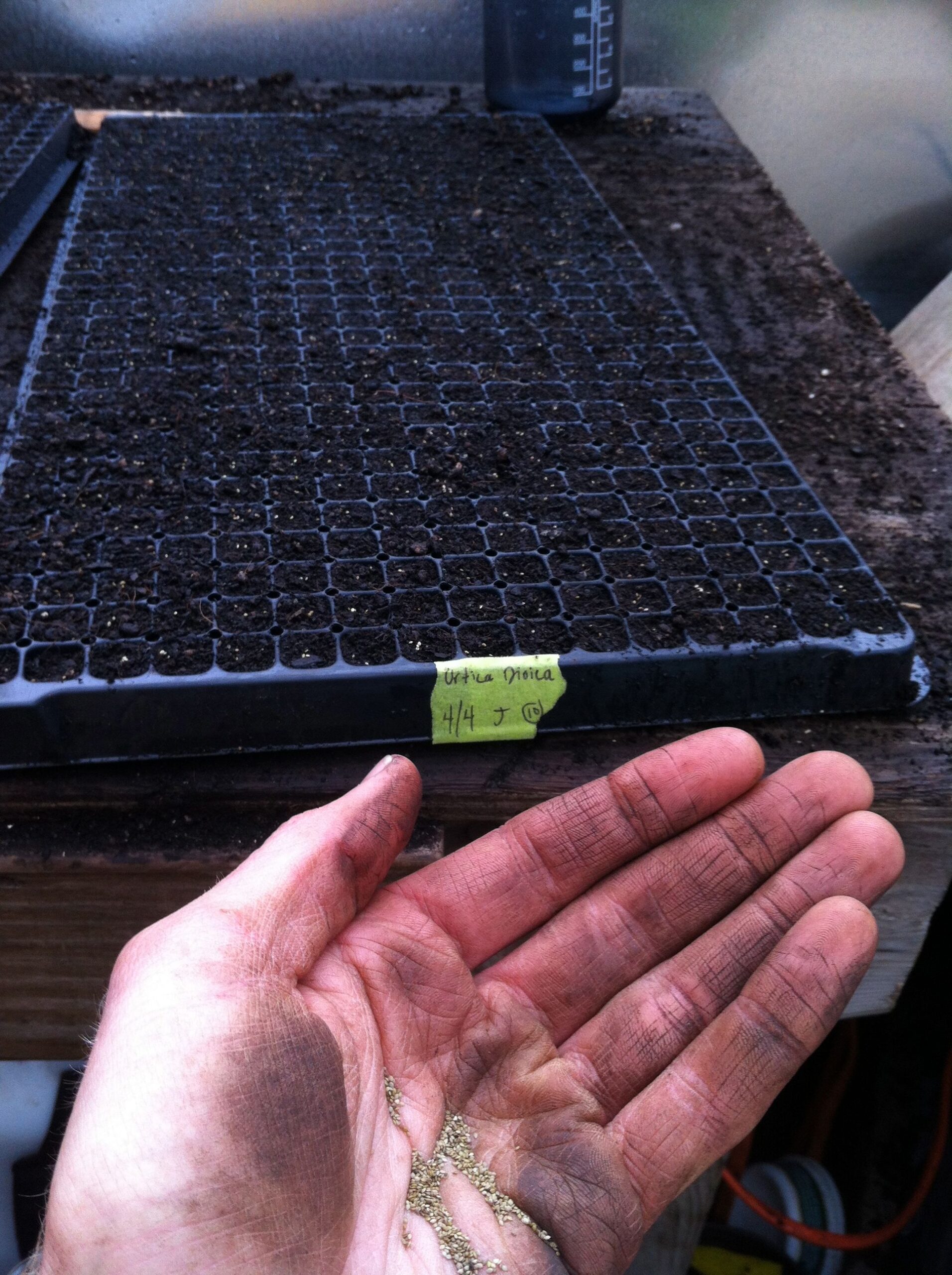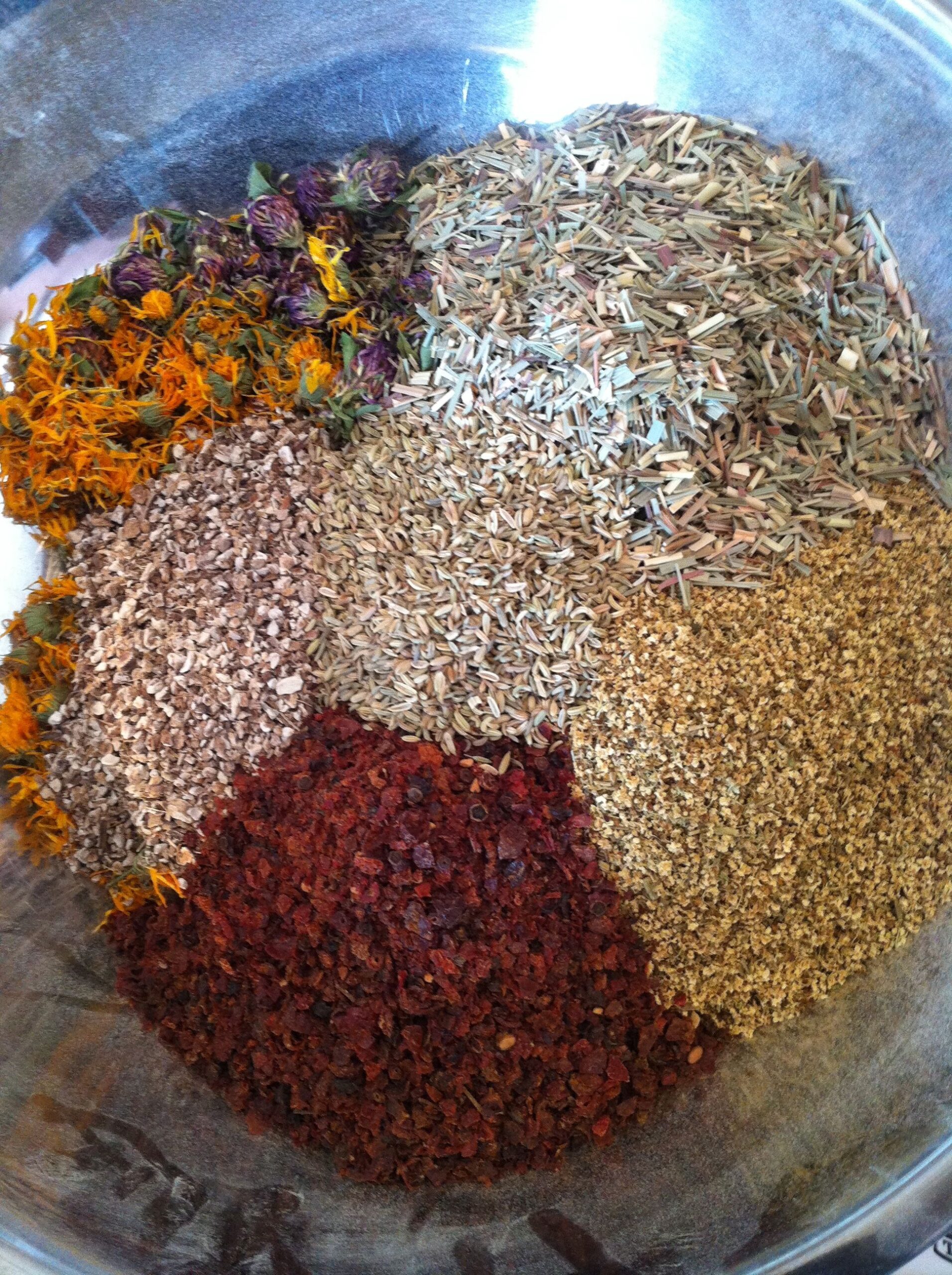Elise Higley didn’t plan on becoming an activist. She started farming full-time several years ago with her husband Jeff, who had been a farmer for more than 15 years. Their farm, Oshala Farm, covers 113 acres in the beautiful Applegate Valley, southwest Oregon located among the Siskiyou Mountains, where they grow certified organic vegetables, fruits, herbs and, importantly, seeds.
“Farming’s already a risky business as is. We don’t need the additional threat of GMO contamination.”
The region they call home is one of the top five seed-growing regions in the world. Blessed with a Mediterranean climate of dry summers and mild winters, fertile river valleys and a relative absence of chemical-intensive agriculture, the area is well suited for diverse seed production for cold and warm climate vegetables, herbs and flowers.
For the Higleys, the integrity of their seeds is a point of pride, requiring a meticulous type of attention to conditions far beyond their farm’s boundaries. Growing seeds for a specific plant—regardless of whether for certified organic or conventional markets—requires isolation from similar species during the flowering phase to ensure genetic purity and integrity. For example, broccoli, cauliflower, brussels sprouts and collard greens are Brassicas and can cross-pollinate with each other. The same goes for zucchini and pumpkins, beets and Swiss chard and so forth.
In a windy valley like theirs, the Higleys and other seed growers have to work together to create carefully timed planting schedules to avoid pollen from their farms interfering with each other’s crops.
But that changed a few years ago, when a farmer in their county discovered that Syngenta, the Swiss-based biotech company, was growing genetically modified (GM) sugar beets near his farm. That posed a serious problem. Contamination from GMOs (genetically modified organisms) can spark dramatic economic losses for conventional farmers who face rejection from export markets that ban GMOs. American farmers have lost billions of dollars of sales due to GMO exports issues.
“To risk two years of your land and your time and your resources and to have your seed tested and find out it has GMO contaminates,” Elise explains, “it means under the law, you’ve violated a federal patent, even though it wasn’t your fault.”
She elaborates, “Farmers growing food and seed crops don’t have a huge mark up. Most of our costs are paid out in labor before we would even find out we’ve been contaminated. Farming’s already a risky business as is. We don’t need the additional threat of GMO contamination.”
It turned out that Syngenta plots were sprinkled throughout the valley, creating a huge “pollen footprint.” While neighboring farmers were supposed to be notified, this never happened. And without it being public knowledge, they couldn’t find an effective way to plan around the plots.
In response, farmers founded the Southern Oregon Seed Growers Association. They developed a mapping system to track where everyone was growing seed. But Syngenta didn’t send a farmer to these mapping meetings; they sent their lawyer. Elise recalls, “They said that wasn’t their business model and walked out of meetings. It wasn’t a collaborative relationship. They didn’t care about the other farmers at risk.”
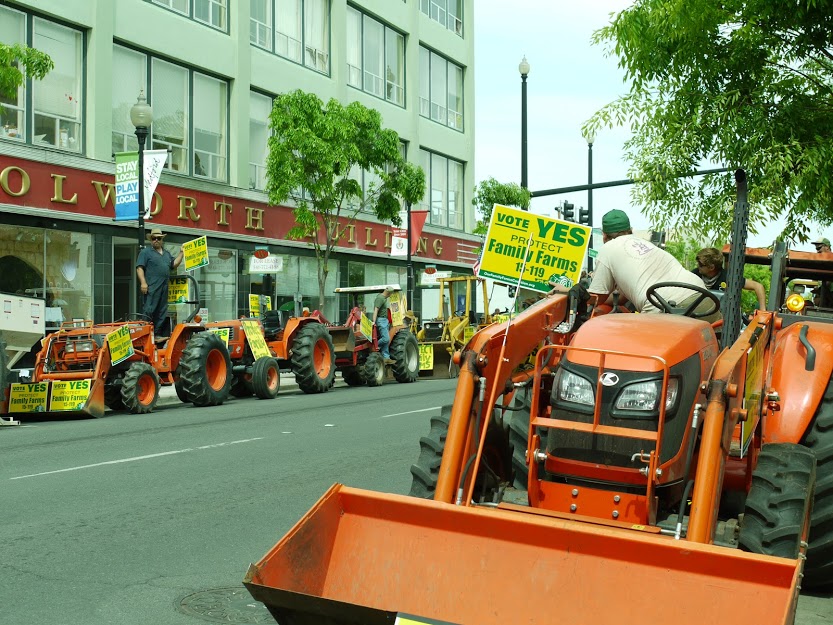 Farmers in the area backed away from growing seed crops like sweet corn, alfalfa, beets and Swiss chard, which can cross-pollinate with the GMO varieties being grown by Syngenta. But Elise realized they had to do more.
Farmers in the area backed away from growing seed crops like sweet corn, alfalfa, beets and Swiss chard, which can cross-pollinate with the GMO varieties being grown by Syngenta. But Elise realized they had to do more.
“At first I thought, ‘Well these few crops are threatened so we just won’t save seed for them anymore.’ But when I considered how many crops are in the pipeline for GMO approval I realized whole families of plants are under threat. If we don’t do something now to protect our seed, what will happen 10 years from now?”
According to local authorities, the farmers’ only recourse was to create a GMO-free protection zone through a county ordinance, per long-standing Oregon law granting local government the ability to regulate seeds. So that’s exactly what they did.
Farmers and the community rallied to get the word out and petition for a ballot measure to establish a GE-free zone in Jackson County. The farming community started Our Family Farm Coalition, comprised of traditional (non-GMO) and organic farmers concerned about contamination and seed rights to run the campaign to pass their ballot measure that would ban the cultivation of genetically engineered crops in Jackson County, Oregon. Elise decided to take the year off farming and run that campaign with a devoted team of volunteers.
“Seeing traditional seed threatened is why I stepped out of my field to use my voice. I know not everyone else can do that. It’s hard to take time off the farm.”
The community was successful in generating signatures for a ballot measure, but they faced a battle in the state Capitol, where a biotech-backed effort pushed Senate Bill 863 to block local regulation of genetically engineered crops. Fortunately, their local Representative Peter Buckley fought hard to get Jackson County excluded from the bill, which passed by a few votes.
The Jackson County ballot measure to establish a protection zone moved forward, but not without a fight.
“Here in little Jackson County, there was just under $1 million of outside money coming in to fight against our campaign,” Elise recounts. “But we still won. Even people who were pro-GMO were pissed about all this outside money coming in. They couldn’t buy our vote.”
The measure passed with 66 percent of the vote. But they were immediately sued by two GMO alfalfa farmers, who were financially backed by the biotech industry. In May 2015, a federal court rejected their claim, with the decision finding that GMO crops are an economic threat to traditional farmers and people have a right to adopt local laws to protect their crops against contamination.
Elise is now a player in an effort to pass a state bill that restores local seed production rights to counties and local governments.
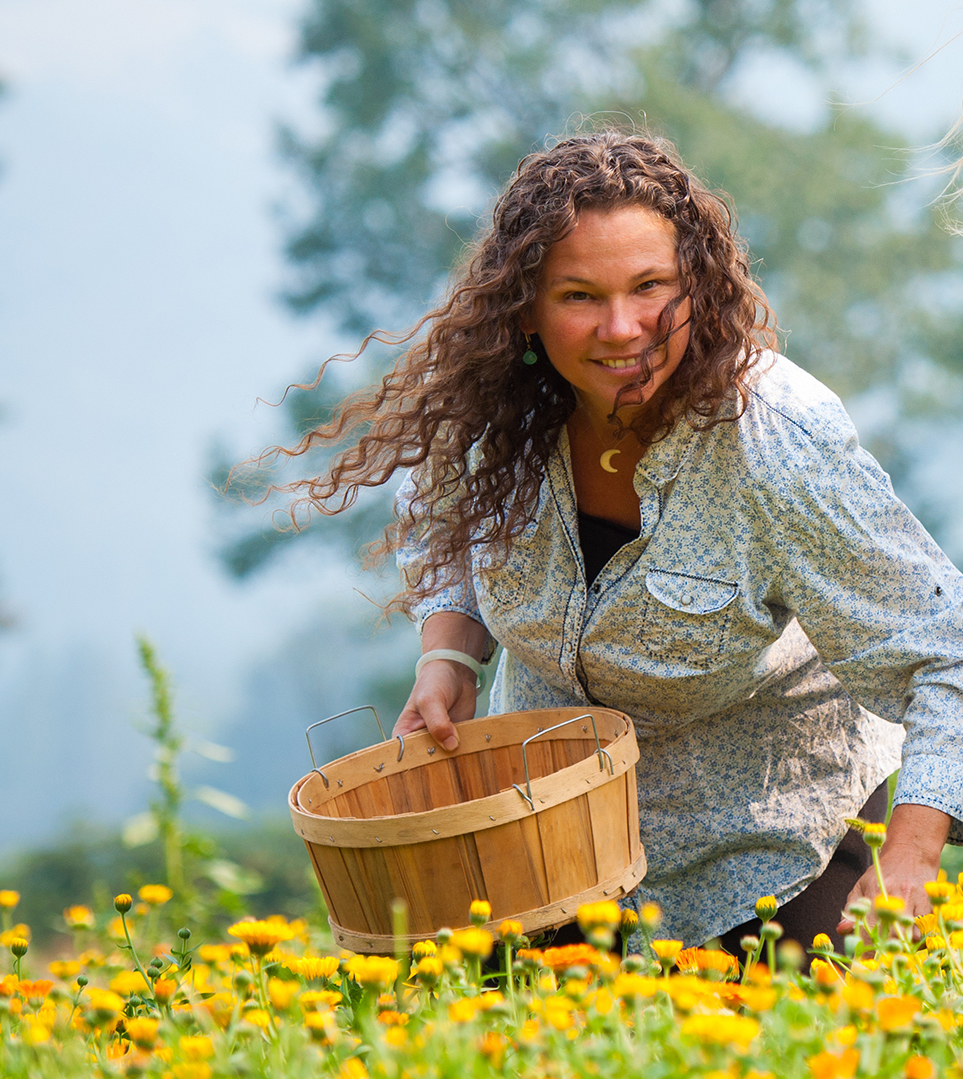 “Farming is a business,” she states. “When one system threatens the other, someone loses. We have to decide what’s in the best interest of each agricultural community.”
“Farming is a business,” she states. “When one system threatens the other, someone loses. We have to decide what’s in the best interest of each agricultural community.”
Her experiences have provoked larger questions about how we regulate GMOs in America. “What do we do about contamination and whose shoulders should the threat sit on? It would be great if the patent holders could take responsibility. Instead the [biotech] seed contracts make the farmers responsible for that,” she offers.
That sentiment squares with Farm Aid’s stance that our federal government should do more to hold biotech patent holders responsible for financial losses due to contamination—particularly given the inevitability of genetic drift—and that we should regulate GMO crops in a way that addresses risks before the harm is done. Otherwise, the proliferation of GMO crops, without any rules, pits farmers against one another.
Reflecting on what the general public should know, Elise offers the following:
“It’s important for people to remember the connection between seed and the food that ends up on their plate. If they care about what kind of food they eat, remember to pay attention to where that seed is being produced and who is producing it. Remember to protect that seed.”
Visit Elise's organization, Our Family Farm Coalition Learn more about GMOs in our food system Read about how corporatations control much of our food system